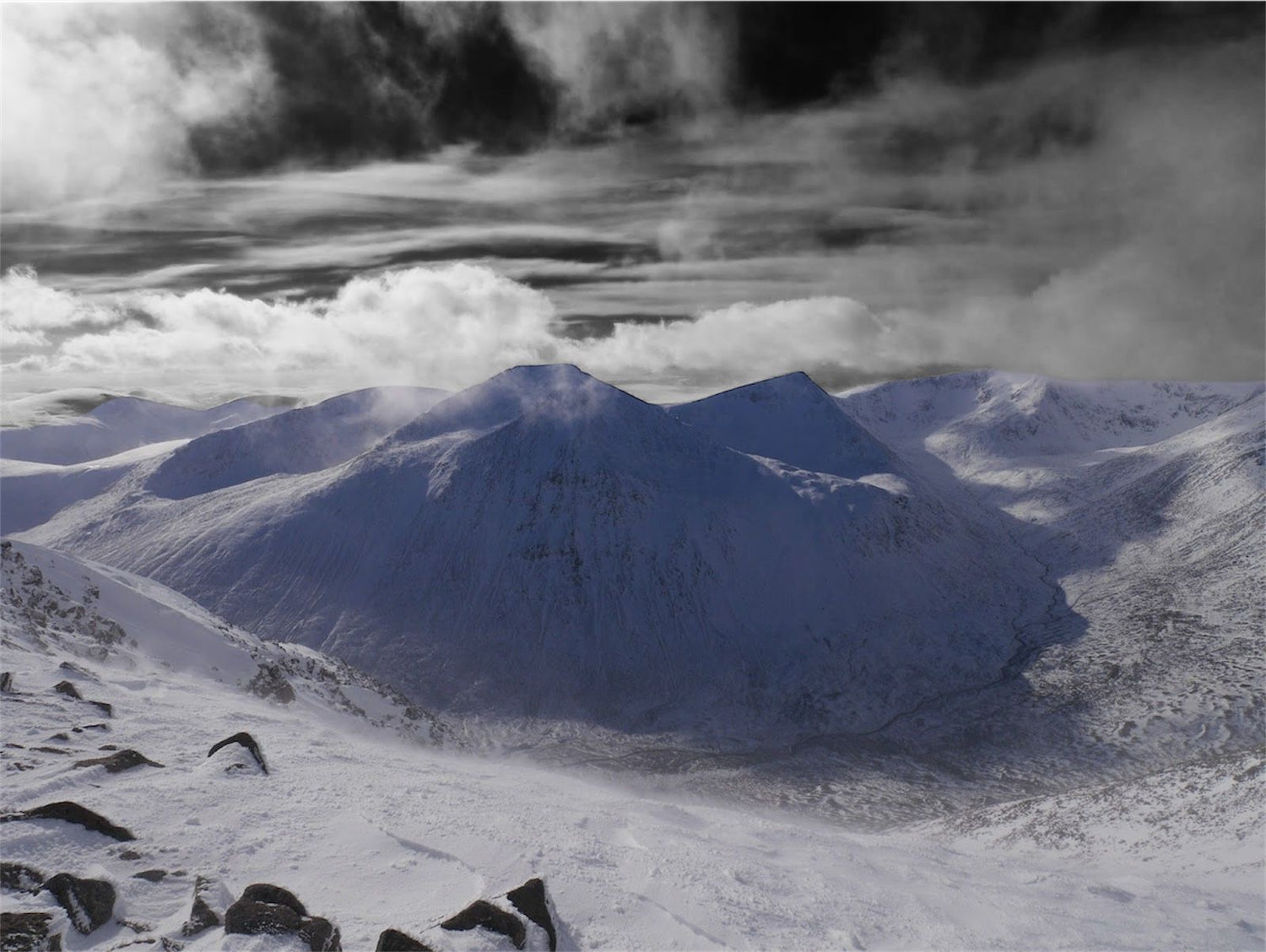How to Navigate Mountain Terrain Using a Map and Compass.
Navigating through mountainous terrain with a map and compass is an essential skill for hikers, backpackers, and outdoor enthusiasts. In remote areas where GPS signals may be unreliable, understanding traditional navigation techniques ensures safety and boosts confidence. Here’s a step-by-step guide to mastering the art of map and compass navigation, along with best practices to follow.
Why Map and Compass Navigation Matters
In the mountains, where weather conditions can change rapidly and visibility may be compromised by fog or snowfall, relying solely on technology can be risky. Batteries can die, and GPS devices can malfunction. A map and compass, on the other hand, are reliable, lightweight tools that don’t require power. Knowing how to use them effectively can prevent getting lost, help you find your way back to a trail, and even guide you to safety during emergencies.
Essential Tools for Navigation
-
Topographic Map: A detailed map that shows elevation, terrain features, trails, and landmarks.
-
Compass: A baseplate compass with a rotating bezel, a ruler for measuring distances, and a direction-of-travel arrow is ideal.
Step-by-Step Guide to Navigating with a Map and Compass
1. Orient the Map to True North
-
Lay the map flat and place the compass on top.
-
Align the edge of the compass with the map’s north-south grid lines.
-
Rotate the map until the compass needle points to the top of the map (true north).
2. Identify Your Starting Point and Destination
-
Locate your current position by identifying nearby landmarks and matching them with the map.
-
Mark your destination to establish a route.
3. Set Your Bearing
-
Place the edge of the compass along the line between your current position and your destination.
-
Rotate the bezel so that the orienting lines and arrow match the map’s north.
-
Read the bearing at the index line—this is the direction you need to follow.
4. Follow the Bearing
-
Hold the compass flat in front of you with the direction-of-travel arrow pointing away.
-
Rotate your body until the magnetic needle aligns with the orienting arrow in the housing.
-
Walk in the direction the arrow points, checking periodically to stay on course.
5. Use Landmarks to Confirm Your Position
-
Continually reference identifiable landmarks such as peaks, rivers, and ridges to ensure you’re staying on track.
-
Compare what you see with the map to double-check your progress.
Best Practices for Map and Compass Navigation
-
Study the Map Before You Start: Familiarize yourself with key landmarks, contour lines, and potential obstacles.
-
Pace Yourself and Track Distance: Estimate the distance travelled using map scale and time to ensure accuracy.
-
Recheck Bearings Frequently: Periodically confirm that you’re following the correct direction, especially after changes in terrain.
-
Practice in Low-Risk Environments: Hone your navigation skills in easier terrain before attempting complex mountainous areas.
Mastering map and compass navigation in the mountains is a critical survival skill that enhances your confidence and independence. Whether you’re hiking in unfamiliar territory or encountering unexpected challenges, being equipped with these skills can mean the difference between a safe journey and a dangerous situation.
Explore without limits !






